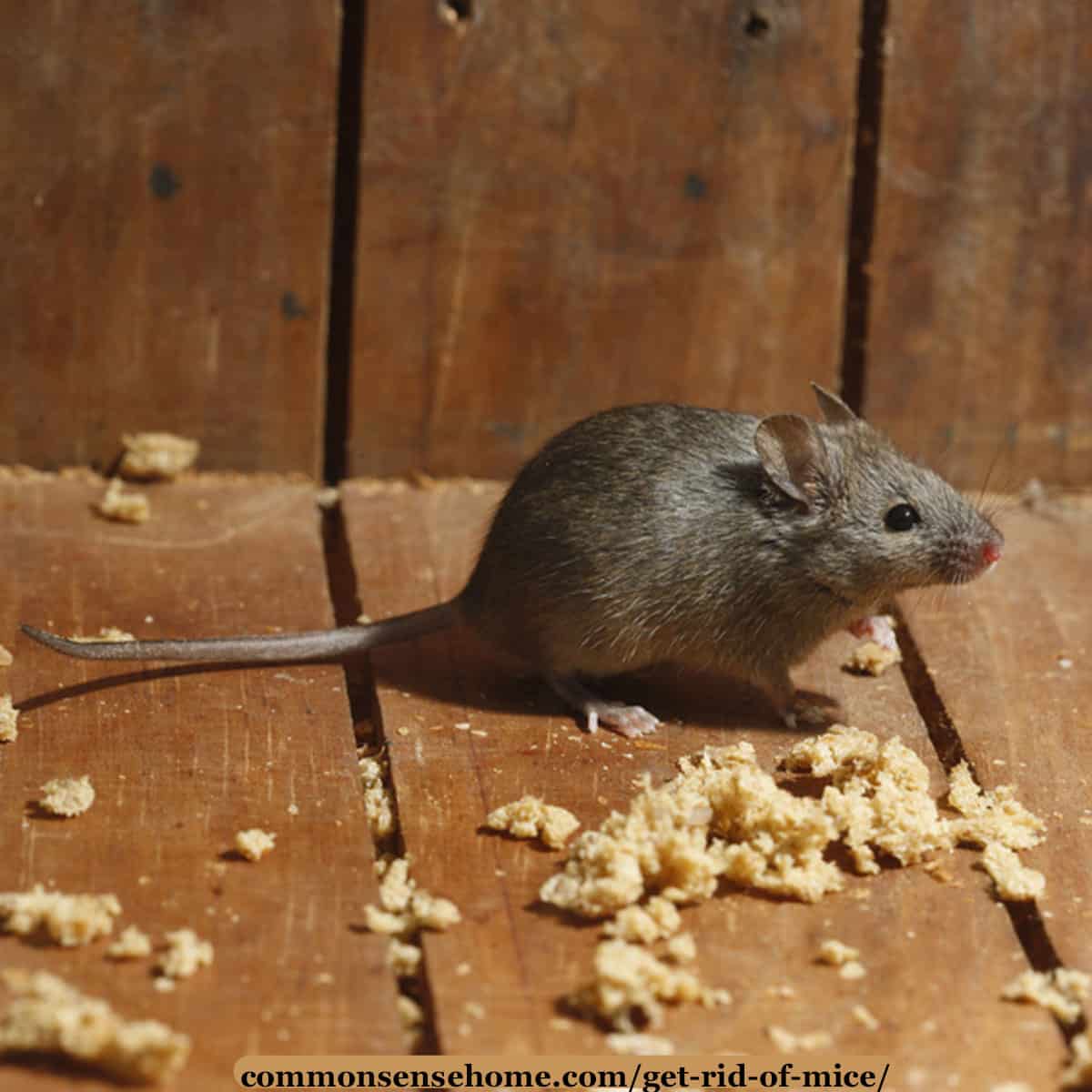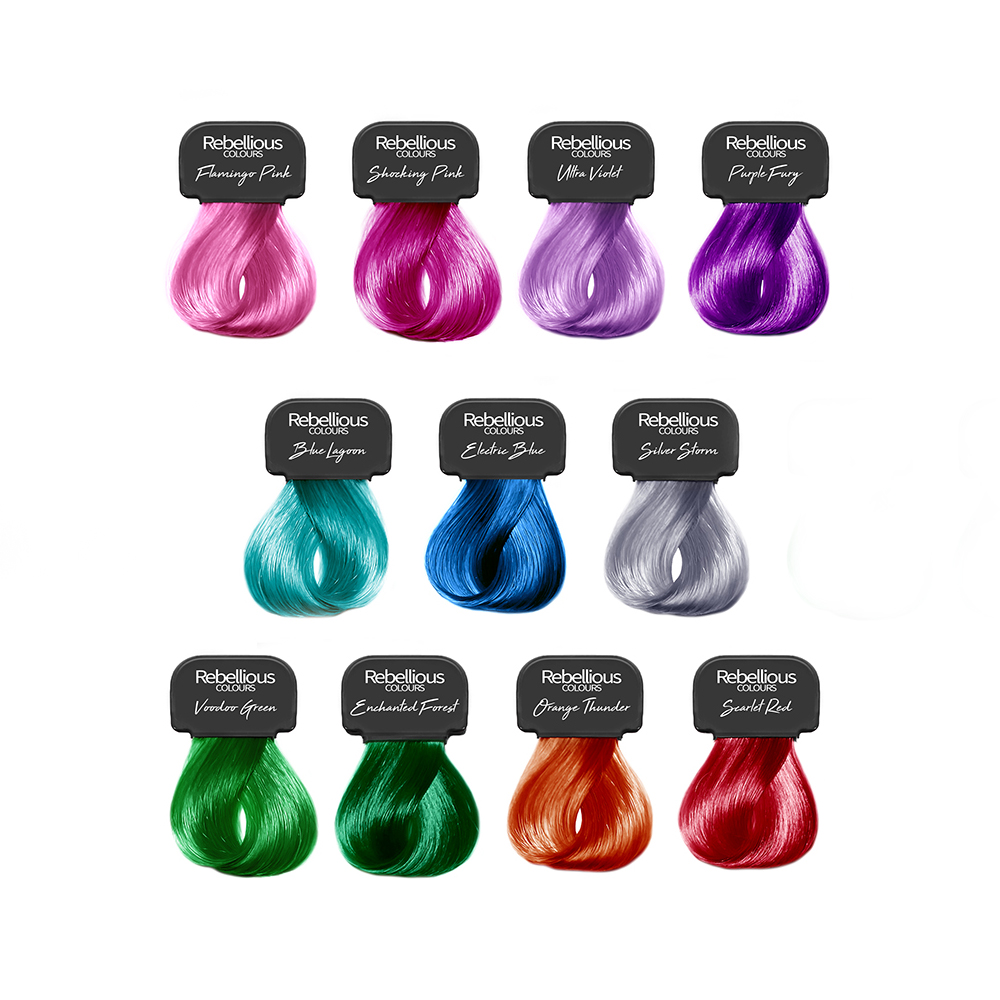Table Of Content
Again, one of the most convenient methods to bringing an end to the mice infestation. If you are tired of placing baits and traps and yet not achieved complete success, then you might just call for a professional . They investigate and find places where the mice are entering. Many pest control companies also provide regular checks at your home.
Is peppermint rodent spray safe to use around pets and children?
Although it's rare, you can become sick after breathing in the virus. But a mouse won’t usually bite you unless you try to catch it. They’re shy and will choose to stay hidden, only coming out when they think you’re not around.
Places Rats Go During Winter (And When They Return)
This all-natural spray worked shockingly well for me, and it won't harm mice or pets. Most mice fulfill their water needs from the food they eat—though they rarely pass up the chance to drink from a direct water source when they find one. When inside, mice often turn to pet water bowls, dripping taps, overwatered houseplants, and condensation on kitchen appliances or windows to quench their thirst. In the absence of water, they look for moisture in damp rooms like basements and attics. Did you know that an adult mouse can get by on only 1/10-ounce of food per day? Mice will go anywhere there is available food, and unfortunately aren’t picky eaters at all.
Hot Pepper Spray
How to get rid of mice - I'm a pest expert and these are the MOST effective ways - Daily Mail
How to get rid of mice - I'm a pest expert and these are the MOST effective ways.
Posted: Fri, 04 Aug 2023 07:00:00 GMT [source]
If you've already got mice in your home, traps are an effective way to catch them. There are several types available, including snap traps, glue traps, and humane live traps, according to the Express. While traps and poisons work well for getting rid of rodents, it can be dangerous if you have small children and pets.
My spicy 3-ingredient repellant keeps mice out of your home – just put them in a party bag in your pantry a... - The US Sun
My spicy 3-ingredient repellant keeps mice out of your home – just put them in a party bag in your pantry a....
Posted: Fri, 27 Oct 2023 07:00:00 GMT [source]
Plus, having to relocate a mouse five blocks away every other morning got old fast. As cute as mice seem, having hoards of them sneaking around your home or apartment eating food and leaving droppings is anything but cute. Getting rid of one or two isn't difficult but if you have a steady stream of vermin, as I did, you may need a more foundational fix. Cover your downspouts, chimneys, and vents with wire mesh to prevent mice from sneaking into your house through the roof.
Rat vs. Mouse: How to Tell Which Rodent Pest You’re Dealing With

We even share how to spot and prevent future mice infestations (and yes, having a new furry friend, like a cat, is one of them!). When homeowners are researching “what can I put down for mice? ” a common answer is one of the best mouse poisons or pesticides.
How Do You Identify a Mouse Infestation?
And in winter, groups of as many as 15 deer mice might share a nest to keep warm. Their fur color may vary from light brown to dark gray, though it depends on where the mouse lives. Their noses are pointed, and their ears are large with little hair. The body of a house mouse is anywhere between 2.5 and 3.75 inches long, while its tail is typically 2.75 to 4 inches long. Mice can climb walls, and they are actually quite skilled at it. A brick wall is easy to climb because of the tiny bumps and holes.
The space around the wiring may look small, but mice can fit through the smallest of spaces – ¼ inch! If mice are desperate enough or curious enough, they may sneak their way into your home through the plumbing. They can crawl through the bathtub and sink drains, eventually making their way into the walls, basement, or attic. If you have cables leading to the roof of your house, close tree branches, or strong vines creeping up the wall, you may provide mice with a route directly into your home.
Kill Them With Mashed Potatoes
Because mice urinate to mark their territory, they contaminate food and can cause outbreaks of food poisoning. As rodents, they need to chew constantly and can cause fires when they bite through cables and wiring. Small dark droppings, shredded packaging, nests of paper and a sour smell are all signs of mice, and you may also hear them scuttling around at night. Most live in cool, dark places like the space between walls, the backs of pantries or cupboards, in attics or crawl spaces, or in clutter like old boxes and stacks of paper.
Also make sure to fix any leaky faucets and pipes since mice are drawn to a water supply—and declutter as much as possible so they won't have places to hide. Mice can't chew through steel, so use a wire mesh screen to close off any opening you find outside, and steel wool and caulk for any mouse holes you find indoors. Getting rid of mice completely can take some time, but by attacking the problem methodically using multiple solutions, you can get excellent results. Learning how to get rid of house mice starts with identifying and eliminating any existing and potential mouse entrances. Mice and other rodents are also incredibly sensitive to airflow, especially in the fall and winter.
Most hot pepper species contain a compound called capsaicin, which produces a burning sensation in the mouth and eyes of mammals. Because of this discomfort, it is often used as an animal deterrent for many rodent species. Mice are on a relentless search for food, warmth and shelter. They're always trying to find a way inside, especially in the fall and winter, and, once inside, they aren't too keen to face eviction.
The mouse will ingest the bait and then go back to its nest before perishing. If their nest is inside your walls, the mouse can cause an unpleasant odor. Glue traps are not humane and the mouse will take a long time to perish via starvation. They can also catch non-target species like lizards, spiders, other small mammals, and birds. Now that you know how the mice are getting inside, it’s time to do something about the actual mouse in your house. You can attempt to take care of the problem yourself, or you can hire a local professional to remove the mouse.
You can check for this using a flashlight on one side and shutting off the lights on the other side of the door. It’s nearly impossible to seal every single hole, gap, or crack in your home. But one of the big ones you can look for is the gaps in your doors and windows.
But have no fear—there are still ways to make sure mice can be detected and removed from your house. Warberg Block shares what to do if you see mice in your home—and how to prevent them from entering in the future. Regardless of which types of mouse traps you choose, you need to set them correctly to successfully trap mice. If you see one mouse scurrying around, you can be certain that a host of friends and family are nesting nearby.
Make sure they can't get into the walls in the first place by carefully inspecting any entry points. Mice can squeeze through very small cracks, so don't think something is so small it's not worth filling. Barn owls, specifically, love to eat mice and are a great addition to rural properties. You can encourage them to stay nearby by creating or buying a nesting box. Not much is known about their breeding habits, but experts think they have a very limited mating season. Female pygmy mice likely only give birth once a year, and have an average of three babies.
The especially vulnerable areas will be the cracks behind bushes or other landscaping plants that might obscure the opening. While this is normal, it’s also something you need to keep an eye out for and promptly fix. Seal all food in plastic containers with a tight-fitting lid. Be sure to wipe down counters daily to help get rid of crumbs.

No comments:
Post a Comment